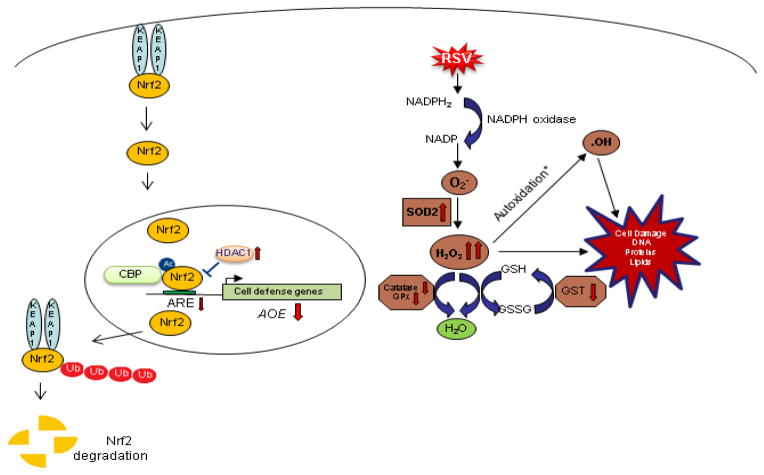Figure 2. Schematic representation of the proposed mechanisms of oxidative cell damage during RSV infection.
RSV infection of airway epithelial cells leads to increased superoxide formation and increased H2O2 production, due to up regulation of SOD 2 expression and activity. RSV-induced inhibition of Nrf2 activation, due to proteasome-dependent degradation, causes a progressive decrease in the expression of a variety of AOEs involved in H2O2 detoxification leading to accumulation of highly reactive radicals, such as hydroxyl radical, and subsequent cellular damage (* autoxidation in presence of transition metals).

